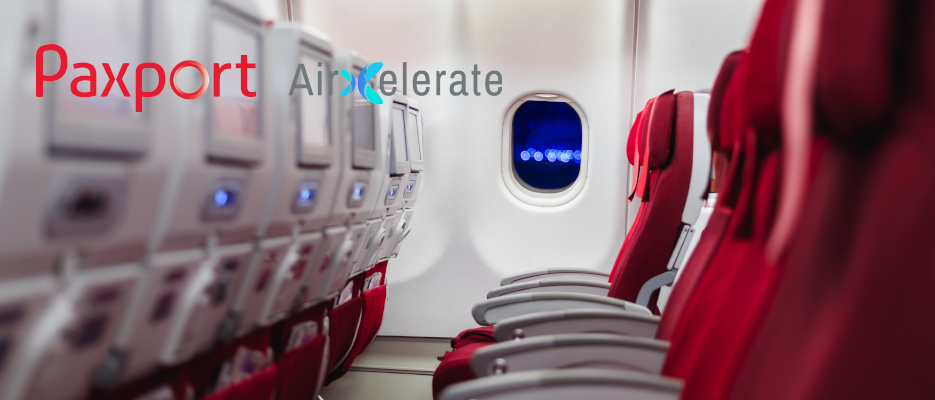New Distribution Capability (NDC) is supposed to be the future, with airlines taking back control of what they are selling and to who, complete with richer content and a way to sell like modern retailers. On paper, it should and still could be a revolution. But the question is, what’s holding back some market segmentations from fully investing?
80% of travel spend, still waiting at the gate
As a leading flight aggregator, Paxport has a clear view of the benefits that NDC has brought to the airline industry. However, we’ve also noticed a critical gap: NDC hasn’t fully taken flight in the leisure travel sector.
This is a huge miss. Leisure accounts for around 80% of travel spend, representing the massive scale of families, friends, and couples booking their annual holidays or weekend getaways.
Unfortunately, the current implementation of the NDC standard makes it difficult, if not impossible, for most leisure travel sellers to widely adopt it. This is a crucial problem that needs solving to truly unlock NDC’s potential.
The numbers no one wants to talk about
Online travel agencies (OTAs) and tour operators succeed by managing billions of potential holiday combinations (flights, hotels, etc.). These must be built and cached before a traveller searches, with some major OTAs handling over 900 billion combinations.
This vast scale makes relying on live calls to airline systems impractical. The resulting look-to-book ratios, the number of initial searches versus actual bookings would easily exceed 450,000 to 1. It would break the airline’s IT infrastructure and bankrupt the sellers.
Crucially, to maintain price accuracy (which is essential for conversion), these caches are updated multiple times a day. This necessity pushes that theoretical look-to-book ratio close to 2,000,000. Ignoring this fundamental data reality is why the leisure market remains grounded.
Let’s put the data challenge into terrifying perspective: the industry generates an estimated 3.6 TRILLION live calls every single day. That’s not a typo… It’s trillions.
This volume is driven by traveller behaviour. A recent report found that customers typically view an astonishing 277 pages of holiday offers before making a booking. With conversion rates sitting around 2-3%, that volume translates to roughly 700 billion live calls per year just to support today’s current booking volume.
This is why traditional distribution models based on live queries simply can’t work for leisure travel. For scale to be sustainable, cache must be king.
So what’s the problem?
The core issue is a lack of understanding. The sheer volume of cache data is critical to power online travel agency (OTA) and tour operator holiday packages. Without this data, airlines simply won’t get sold.
No online package seller can rely solely on live calls to airlines. Response times would suffer, conversions would plummet, and airline systems would fail to cope with the sheer volume of requests we’ve established.
While Low-Cost Carriers (LCCs) understand and facilitate data dynamics, most Full-Service Carriers (FSCs) do not. This NDC gap fails the leisure market. Without essential cache data, airlines cannot package or sell to the 80% leisure market, an oversight LCCs are exploiting.
If leisure travel can’t use NDC, we’ve failed
Airlines need to stop treating packaging like an edge case, tech providers need to stop building in silos and start creating hybrid models where cache and live content work together. Cache for scale, live calls for enrichment, the two combined unlocking what we have been promising for years.
IATA’s claim of corporate NDC adoption is overstated. While 81% of surveyed airlines have live NDC channels, few offer adequate cache solutions, limiting NDC’s applicability to only 20% of the market if leisure travelers cannot use it.
The courage to finish what we started
This fix is achievable, but we must acknowledge the current setup isn’t sufficient. Cache is crucial, not an afterthought, and key to unlocking NDC and long-haul market growth. Admitting this will enable the NDC version that revolutionises everything.
NDC is a fantastic start, but until we fix this blind spot we are stuck halfway up the mountain, the opportunity is right there in front of us, we just need the courage to take it.





